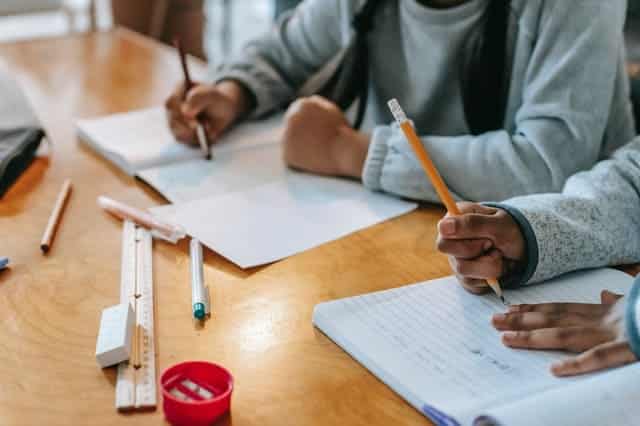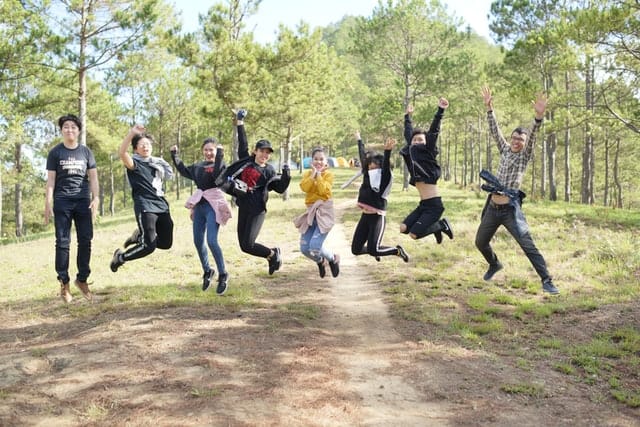We learn by doing. It’s true of everyone, especially children. And for certain things, behavioral learning is the most effective way to learn. Skills that depend on data and knowledge, such as mathematics, can start with data and theory, which might get strengthened with practice. Emotionally dependent skills, such as self-esteem, may be better suited for an activity, and an experience-based learning environment for the lessons to land.
Life experiences are the sources of self-esteem. Children want to feel included in communities, and experiences of rejection or acceptance into communities dramatically impact their sense of self-esteem. There are any number of reasons children might feel accepted or rejected by their peers. Children might highlight differences between each other, or affirm similarities. Some children may make decisions based on observations of what they see in the world, such as self-identifying that they are different. This may lead them to make judgments about themselves without any direct interactions. So many factors contribute to the development of self-esteem that educators can never anticipate all of them.
Self-esteem is among the most important factors in the development of any child. Good self-esteem can be the determining factor in the long-term success of a child, while damaged self-esteem can leave children struggling for the rest of their lives.
For these reasons, it’s imperative to include worthwhile self-esteem-building group activities into educational curriculum.
Self-Esteem Group Activities for Youth
Group activities are excellent for building self-esteem in children. Though it’s not the only deciding factor in developing self-esteem, community integration has a powerful determining effect on developing self-esteem.
The “I’m afraid to…” activity
This is an activity based on…
- Cultivating confidence that it’s safe to express feelings aloud.
- Recognizing there are people out there with the same fears.
All the students in the class write down something they’re afraid of. Then there’s an open discussion where the question is posed, “What would it be like if that happened?” It can be helpful to adopt an attitude that if the fear came to pass, it might not be as bad as anticipated.
The Gratitude Journal

Creating a habit of looking for good things happening around them encourages children to look for positive aspects of themselves. For this activity, every child has a designated journal for this purpose. On a weekly basis, they are encouraged to write positive things they notice about other people. Then, two or three times every month, have a discussion with the whole class on the highlights from their gratitude journals.
Positive Rephrasing
In this activity, children will say their statements of self-challenge. Things like, “I am a bad writer,” or “I don’t have a lot of friends.” Then the student rephrases the statements into more positive statements. I.e. “I come up with creative ideas when I write” or “I have a great best friend.”
What are Good Traits Discussion
For this activity, students write down traits that they consider “good.” I.e. Good at sports–funny–kind–etc. After making the list, have a discussion in class about the traits. What do these traits look like in a person? How do you cultivate them?
Cooperative Boardgames
Games are fun, and they can either encourage individual conflict, or they can be tools for developing cooperation and a sense of being a valued part of the community. Play board games, and put children into small teams so that they can cooperate on decisions and work together.
Write the End Goal
It can be frustrating being a child. Children can have trouble feeling certain about having any agency in their own lives. With this activity, children write down outcomes they would like to see in their lives. Treating a child’s plans seriously affirms their sense that their actions and thoughts matter.
How to Build Self-Esteem in Students

In the end, there are a lot of potential self-esteem group activities that encourage growth. Determining which ones are best to choose will depend on the educators, the students, and many other factors. Take into consideration factors that contribute to self-esteem when creating activities. Factors such as…
- Definitions–who am I? What does that say about me?
- Relationships–who am I in my relationships? How do they change me?
- Accomplishments–what do I do well? How have I shown improvement? And, alternately, do I wish to change any of my habits?
Self-esteem is complicated, but the factors contributing to positive self-esteem tend toward common experiences. If that’s true, then it’s possible to create environments that encourage improved self-esteem.
Soul Shoppe is a social emotional learning company. For more than twenty years they’ve been devoted to creating tools and empowering educators of all stripes to incorporate emotional intelligence into their curricula. Their strategies are effective in encouraging empathy and emotional awareness in children. Through these strategies and their Peacemaker Program they help decrease conflicts in playgrounds across the country. Click for more information on SEL Programs for Elementary Schools.
You May Also Like:
Virtual Social Emotional Learning Activities
Sharing Games for Elementary Students


